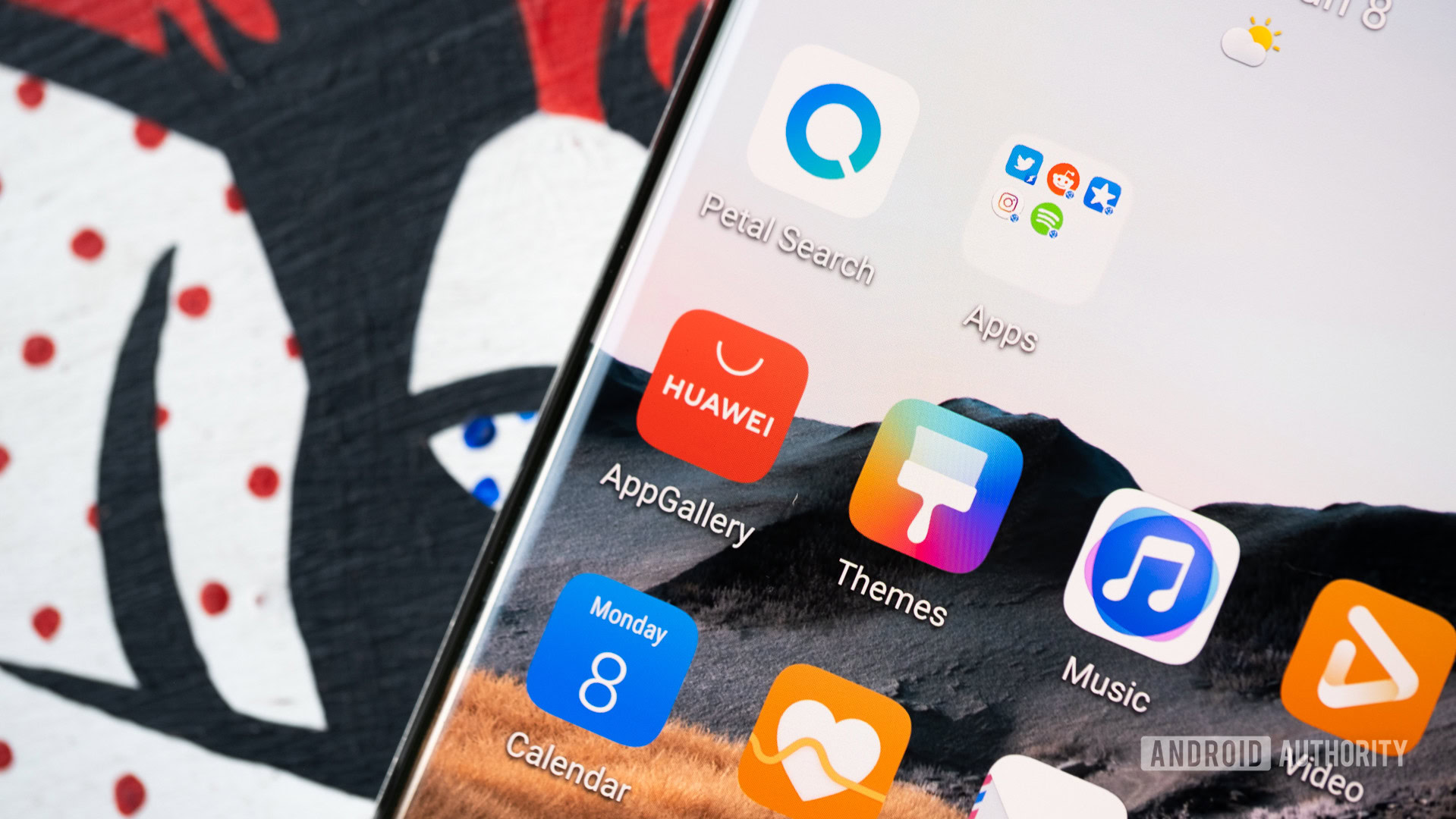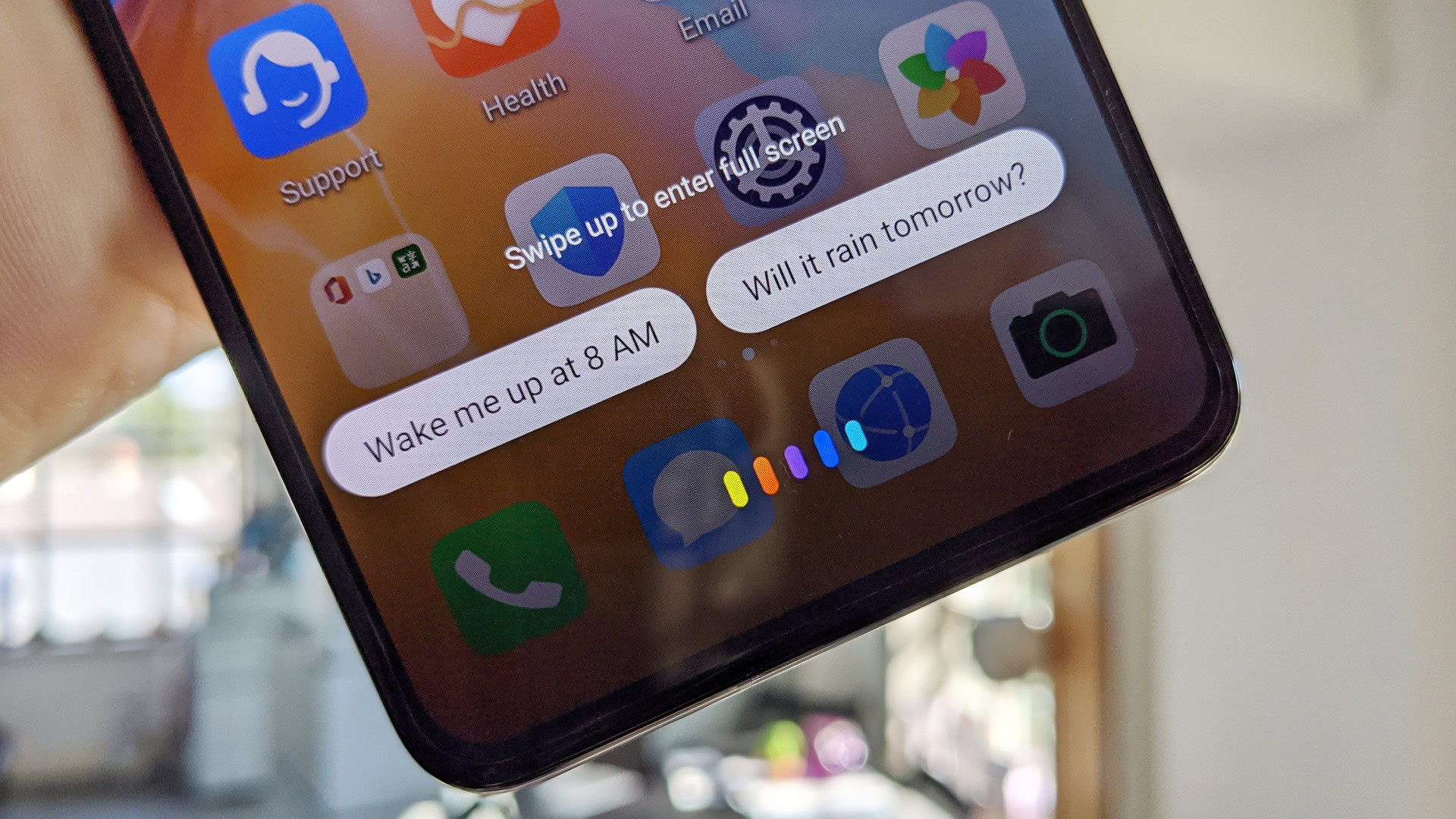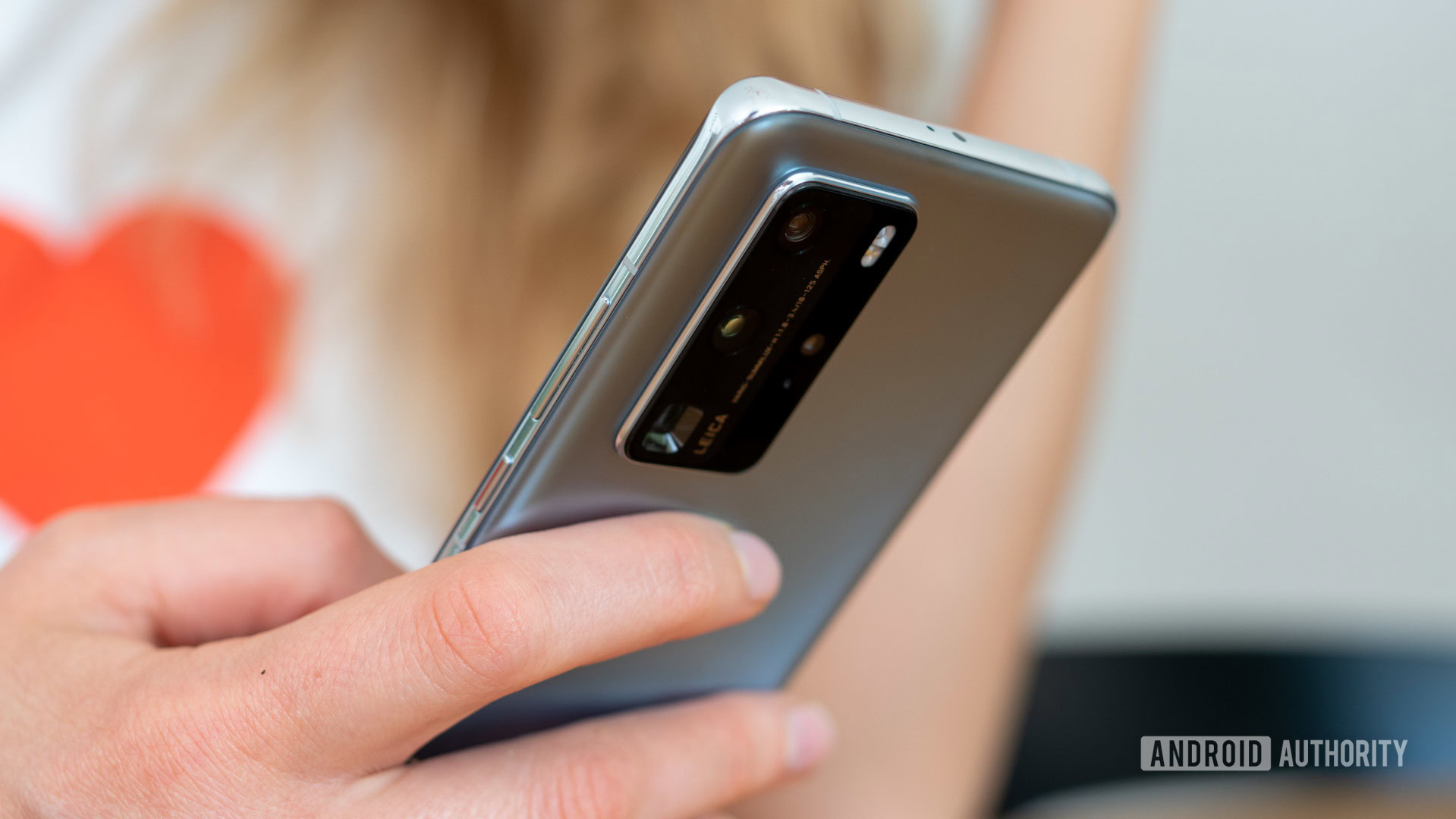Affiliate links on Android Authority may earn us a commission. Learn more.
Hands-on with HUAWEI EMUI 11: Still working through the Google divorce

HUAWEI has lifted the lid on EMUI 11 and we’ve been testing out the company’s latest Android iteration on the HUAWEI P40 Pro for the past few days. With Google software still out of the picture due to the US trade ban, EMUI 11 needs to fill in those missing gaps in HUAWEI’s ecosystem.
But that’s a tall order when HUAWEI’s access to Android 11 seems to be in question. Final EMUI 11 builds aren’t expected to start rolling out until a little later, but the build we’ve been testing is based on Android 10, not Android 11.
We’ll likely have to wait until the HUAWEI Mate 30 series before seeing the first public device sporting the latest software. Still, here are some initial thoughts on how EMUI 11 is shaping up.
Read more: Everything you need to know about EMUI 11
Hands-on with HUAWEI EMUI 11
From the perspective of day to day use, EMUI 11 feels virtually identical to EMUI 10. HUAWEI has left the major user interface elements unchanged after last year’s dark mode and animation updates. There are some further tweaks to animations and some more settings to configure features like Celia — HUAWEI’s AI voice assistant — but these are small quality of life adjustments.
It’s a similar situation with EMUI 11’s new security settings, such as the hidden gallery and updated permission notifications. Unless you’re looking for the changes, you’d struggle to notice they were different. That’s not a criticism, but it does leave one wondering if customers will end up using them.
Huawei’s always-on display (AOD) feature has seen the biggest facelift, adding in skins and customization features to pretty up the screen. Again this is purely cosmetic, with only limited tweaks to the displayed content. Although AOD has you covered with typical date and time, battery, and notification options. Those who like theming and customization will get a kick out of this feature.
EMUI 11 is an iterative update rather than a major revision.
The only major change to the way you interact with EMUI 11 comes with Smart Multi-Window, allowing for improved multitasking. It works well enough, it’s easy to add commonly used apps, and there’s no hint of performance hiccups even with lots of background apps running. This definitely seems more like a power user feature though, and more casual users may simply forget this feature is available.
Overall, EMUI 11 makes a few behind the scenes changes and includes a couple of new features, but daily use feels very similar to EMUI 10. It’s definitely an iterative update rather than a major revision.
Filling in the Google gaps

HUAWEI hasn’t done anything directly within EMUI 11 to fill in the gaps left by the absence of Google services. This is instead left to its HMS Core utility and other applications, including Celia and Petal Search. New features continue to trickle out to all manner of HUAWEI devices via HMS but now seems like a good time to revisit the situation in general.
Finding applications has evolved from relying on HUAWEI’s App Gallery to the broader Petal Search engine. It’s a much more robust way to find applications, searching the App Gallery, official websites, and even third party stores like APKPure to find apps you need. Petal Search is far better than relying on the App Gallery alone and it’s actually quite a nice idea to be able to find apps directly from a search bar.
It’s definitely easier to find apps than when the P40 Pro first launched. However, the setup is still not as seamless an experience as using Google Play. Especially as keeping apps installed from outside the App Gallery can be a pain. HUAWEI also goes a little overboard to make up the apps gap, offering rotating recommendations inside folders on your home-screen that you probably won’t be interested in.
The Celia assistant, originally unveiled back in March, has become a bigger part of HUAWEI’s mobile ecosystem too. Celia can send messages, make calls, perform web searches, set reminders, and play music from voice commands. HUAWEI’s AI efforts also extend to Google Lens-like AI vision capabilities, virtual shopping, and even searching through your local files and contacts. Celia is currently available in seven languages in 11 countries, so there’s still a way to go to catch up with Google Assistant. But if you’re a regular Assistant user, you’ll likely find Celia pretty comparable to other major players in the space.
Ultimately the lack of Google apps and services still isn’t ideal, especially for the majority of consumers who have become so used to them over the years. EMUI 11 hasn’t changed that fact. However, take a step back and HUAWEI’s ecosystem is becoming more and more usable on its own. A growing range of apps are simpler to discover and there are usually alternatives when you can’t find what you want. Although that’s still going to cause headaches for users who rely on some very specific apps for work, play, or anything in between.
It’s not Android 11. Does that matter?

While EMUI 11 is a fine take on the most popular mobile operating system, as we noted earlier, the version we’ve been testing is based on last year’s Android 10 rather than the newly announced Android 11. This is a pretty controversial change, given that previous EMUI versions have followed in step with each Android generation.
HUAWEI noted to Android Authority that it has had to wait until Google officially made Android 11 open source before it could begin any work on such an update. This appears to be a result of a temporary license for software coming to an end as part of the ongoing US trade dispute. We had expected that it would be existing handsets running Google services that would be affected. But this doesn’t appear to be the case as the latest update is running on the P40 series. We’re not quite sure how this will affect future OS and security updates, but being stuck on Android 10 for a long time isn’t a good sign.
EMUI 11 is a fine take on Android... but it's already out of date.
EMUI 11 misses out on Android 11’s notification organization feature, chat bubbles, and media playback tools. Although HUAWEI already has features like a screen recorder and privacy features that have only just appeared in Android 11. Android skins have increasingly gone above and beyond the stock experience anyway and EMUI 11 retains HUAWEI’s own flavor that fans have come to enjoy.
Android 11 is only really a subtle upgrade compared to 10, so EMUI 11 certainly doesn’t feel dated. The bigger worry is what this means for future features, OS versions, and essential security updates. We reached out to HUAWEI for clarification on the EMUI 11/Android 10 situation but didn’t receive a response about our security questions.
See also: The best Android 11 features you need to know
My lasting impression of EMUI 11 is a good one. It’s a functional, feature-rich take on Android that definitely improves on the stock formula. However, there are an increasing number of features that some consumers may not use and overall complexity is beginning to creep back up. Unfortunately, much of this increased complexity is due to the departure from Google’s more streamlined ecosystem. It’s clear that HUAWEI is still in the process of patching up the divorce.
Overall, the subtle nature of many of the changes leaves the update feeling more like EMUI 10.2 than a fully-fledged revision. Especially as it’s still based on Android 10. What are your thoughts on EMUI 11?